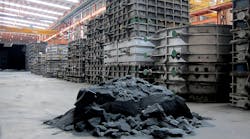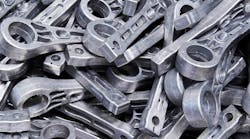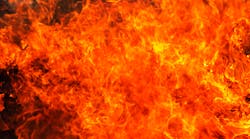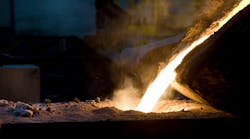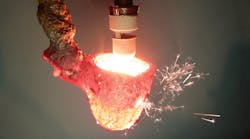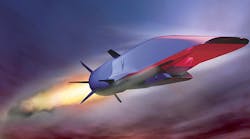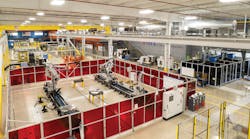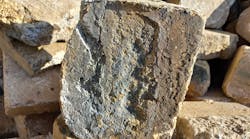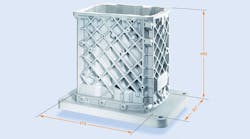In discussions of Additive Manufacturing, metalcasters’ attention has understandably been focused on how to apply these new production techniques, for example to repair dies or to print sand molds. In that sense the discussion of the capabilities of different AM technologies centers on process results – and less so on process specifications.
But, the accelerated pace of development in AM processes changes the implications, and one fast-developing specification is the “build envelope.” It’s getting bigger.
Recently Cincinnati Incorporated and the U.S. Department of Energy’s Oak Ridge National Laboratory initiated a partnership by which they will develop a new machine for Additive Manufacturing of polymer parts in dimensions up to 10 times larger than is possible by current technologies. The goal also includes increasing the speed of the 3D printing process — 200 to 500 times faster, according to their statement.
Read more about Cincinnati/ORNL's large-dimension 3DP project at AmericanMachinist.com
The time frame for development and other terms of the agreement were not announced, but a source at Oak Ridge indicated that project aims to establish a machine with a build envelope of 8×8×8 ft., manufacturing polymer parts at a rate of approximately 500 in.3/hour (or “two orders of magnitude greater than most commercial systems.”)
The basis of their research will be technologies that Cincinnati developed for two unrelated processes: laser cutting and powder-metal compacting presses. Its cutting systems have high-speed, linear-motor axis drives that achieve accelerations over 2.0G, with head positioning speeds of up to 10,000 in./min. The drives achieve positioning accuracy of ±0.001 in./axis, with work envelopes up to 8×20 ft. (2.5×6 m).
Commercial Applications, Implications
The commercial application in this case will be molds, e.g., for plastic injection. But, AM technologies that produce metal parts present a direct challenge to metalcasting (and other production methods, too). As such, the new X line 1000R laser metal sintering machine co-developed by Concept Laser GmbH and Fraunhofer Institute for Laser Technology (ILT) is a discussion-changer. Its 630×400×500-mm build envelope is reported now to be the largest that is commercially available for laser melting.
The core of this machine is a 1,000-W laser (the previous standard was 400 W) with optics developed by ILT. Increasing the laser power makes it possible to expand product sizes and build rates for tool-less manufacturing of prototypes and functional products.
Concept Laser stated that the X line 1000R is primarily intended for automotive and aerospace industry production. Its system is compatible with the materials relevant to both industries (aluminum, titanium), and it noted that construction speeds in each case represent be a considerable improvement in production costs: while an average laser melting system achieves build rates of 10-15 cm³/hour, the X line 1000R operates at up to 65 cm³/hour (equivalent to a 650% increase.) The machine builder also indicated that finished products show no variance in quality from articles produced by previous iterations of its system.
After the development phase with ILT, Concept Laser focused on engineering and building the actual machine, on material qualification, and on techniques for controlling temperature in the build envelope to prevent distortion of the parts in production.
The developer offered a sample of the parts it can produce with the system: a 474×367×480 mm aluminum gearbox produced using a powder-bed laser melting technique it calls “Lasercusing.” It stated that the maximum component length is 740 mm. Using hybrid construction methods, it is possible to produce geometries that are outside the basic dimensions, with heights up to 540 mm.
Aluminum alloys offer an attractive prospect in this example, since producing larger lightweight components is important to automotive designers, and reducing casting-related costs would be an incentive. The potential for complex designs is important, too.
Producing parts in more demanding titanium and nickel-based alloys is another objective, and Concept Laser offers a closed system for safer operation and powder handling with such materials. The developer offered other potential products, and raised the possibility of using its large-dimension machine for repairing damaged turbine blades – suggesting that the commercial potential is nearer to reality than “concept.”

